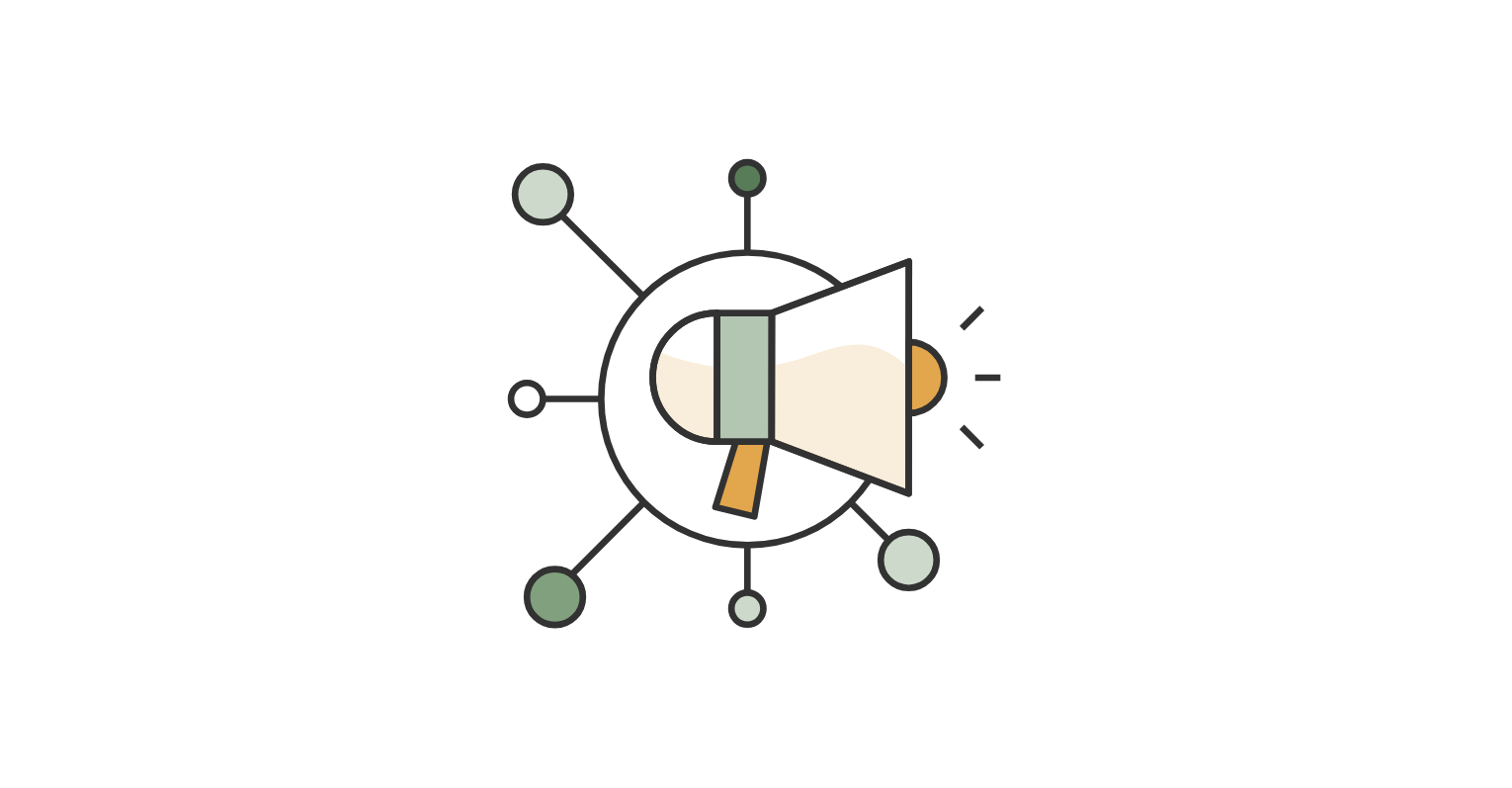
What Is Frequency Split?
The frequency split in SFMC is a vital feature for marketers using Salesforce Marketing Cloud. It allows you to segment audiences based on how often they engage with your brand’s communications. This tool ensures that every customer receives the right number of messages—keeping interactions relevant and timely.
A frequency split in SFMC helps avoid both under-communication and over-saturation. It lets you tailor campaigns for different engagement levels, boosting your marketing effectiveness.
Learn more about Journey Builder in Salesforce
What Is Frequency Split?
In simple terms, a frequency split in Salesforce Marketing Cloud is a decision point. It lets you direct contacts down different journey paths based on how frequently they have engaged with your brand over a set period.
For example, if a contact opens emails regularly, they can be placed in a high-frequency path. Less engaged contacts can follow a low-frequency path. This ensures that each message aligns with customer behavior and avoids fatigue.
Purpose and Applications in Marketing Strategies
The primary purpose of frequency split is to optimize customer engagement. By adjusting how often you communicate based on customer actions, you can increase relevance and retention.
For highly engaged users, you can offer exclusive content or limited-time offers. For less engaged users, you can trigger re-engagement campaigns or surveys.
This flexibility makes frequency split in SFMC a powerful strategy for boosting conversions and building stronger customer relationships.
Read more about Marketing Cloud best practices
Relation to Customer Engagement and Communication Frequency
The relationship between customer engagement and the frequency of communication is pivotal in maintaining a positive brand-customer relationship. Misjudging this can lead to either disengagement or over-communication, both undesirable outcomes. The frequency split tool allows marketers to balance steady engagement with the appropriate frequency of messaging, enhancing overall engagement and, by extension, customer satisfaction.
What Is Frequency Split In Journey Builder?
In Journey Builder, the frequency split is integrated using Einstein Engagement Frequency. This tool monitors how often contacts interact with emails, SMS, or push notifications. Based on these insights, you can set thresholds to control how many messages a contact receives.
Contacts are automatically grouped as:
-
Oversaturated: Receiving too many messages
-
Undersaturated: Receiving too few messages
-
Optimal: Receiving the right amount
By using frequency split, you ensure that each journey is data-driven and customer-centric.
Integration of Frequency Split in Journey Builder
The integration of frequency split within Journey Builder leverages data-driven insights, particularly through the use of Einstein Engagement Frequency. This approach provides a richer understanding of how often customers interact with various marketing efforts, enabling strategists to segment audiences intelligently. Customers can be segmented into groups, such as oversaturated or undersaturated, allowing for customized strategies to either boost or scale back communication efforts appropriately.
Benefits of Frequency Split in Salesforce Marketing Cloud
There are several key benefits to using frequency split in SFMC:
-
It helps prevent unsubscribes caused by over-messaging.
-
It maximizes engagement by targeting contacts at the right frequency.
-
It supports resource efficiency by focusing efforts where they matter most.
Additionally, it creates more personalized experiences, which can boost loyalty and long-term value.
Use Cases for Frequency Split
Frequency split is ideal for:
-
Seasonal campaigns: Adjust messaging volume based on customer responsiveness during key shopping seasons.
-
Re-engagement campaigns: Send fewer messages to disengaged contacts while ramping up for your best customers.
-
Event promotions: Target highly active contacts with timely updates while limiting messages to less engaged users.
This level of flexibility makes frequency split in SFMC a must-have tool for smart marketers.
For more Marketing Cloud Examples – read our blog!
Engagement Split vs. Decision Split in Salesforce Marketing Cloud
In Salesforce Marketing Cloud (SFMC), understanding the difference between engagement split and decision split is crucial for marketers aiming to optimize their customer journeys. Both tools are pivotal for tailoring communication strategies, ensuring messages are aligned with customer behavior and preferences.
Detailed Comparison of Engagement Split and Decision Split
An engagement split is designed to route customers based on their engagement levels with past communications. It uses customer interaction data, such as email opens or clicks, to decide the next steps in a journey. This is particularly useful for marketers aiming to segment audiences based on how customers are interacting with their campaigns.
On the other hand, a decision split is based on rules pre-defined by marketers, which can include criteria like demographic information, purchase history, or any custom fields you have available. It’s less about past engagement and more about segmenting based on attributes or behaviors that fit your specific campaign objectives.
Examples of When to Use Each Split Type
An engagement split is best utilized in scenarios where the goal is to re-engage or upsell to customers who have shown interest in certain communications. For instance, if a customer has regularly opened newsletters about new product launches, they can be routed to receive a sneak preview or special offer email through an engagement split.
Conversely, a decision split would be more appropriate when you need to customize a path for users based on their profile characteristics or past purchases. For example, you might want to send personalized recommendations to customers who have purchased specific product categories but have not yet interacted with email content.
Pros and Cons of Engagement vs Decision Splits
The primary advantage of using an engagement split is its ability to dynamically respond to customer interactions, thus optimizing personalization in real-time. However, its dependency on customer actions makes it less predictable, as it requires historical engagement data to function effectively.
Decision splits are versatile and allow for precise segmentation and targeting without relying on engagement history. However, they require a clear understanding of customer data and thoughtful planning to establish meaningful decision criteria that deliver desired outcomes.
What Is Scoring Split In SFMC?
Understanding the Scoring Split in Salesforce Marketing Cloud (SFMC)
A scoring split in SFMC uses predictive scoring models like Einstein Scoring Split to route contacts based on the likelihood of engagement or conversion.
It assigns scores to leads or customers based on past behavior, which helps prioritize communication strategies.
Role of Scoring Split in SFMC
The primary purpose of a scoring split is to integrate predictive scoring models, such as Einstein Scoring Split, into your marketing journeys. These models evaluate various customer interactions and behaviors, assigning scores that indicate the likelihood of response or engagement with your marketing activities. Such scoring enables businesses to identify and prioritize high-potential leads effectively, leading to more precise and impactful marketing strategies.
Enhancing Campaigns with Einstein Scoring Split
By leveraging Einstein artificial intelligence, the scoring split:
-
Focuses resources on high-value leads.
-
Increases personalization.
-
Enhances the overall return on marketing investment.
Marketers can build journeys where only the most engaged prospects receive premium content or fast-track offers.
Explore Einstein Scoring Split in Salesforce
Integration with Other SFMC Features
The scoring split, particularly when powered by Einstein, seamlessly integrates with other Salesforce Marketing Cloud features like Journey Builder and Personalization Builder. This integration ensures that scoring insights are not siloed but rather infused across various touchpoints in the customer journey, enhancing the coherence and relevance of your campaigns. Utilizing these interwoven features allows for a robust marketing strategy that is both dynamic and responsive to customer needs and behaviors.
Boost your marketing effectiveness with Revely’s advanced scoring split solutions. Let us help you navigate the intricacies of SFMC, harnessing insights to refine your strategies and drive substantial growth. Transform your customer interactions into strategic victories with our expert guidance and integrated tools.



